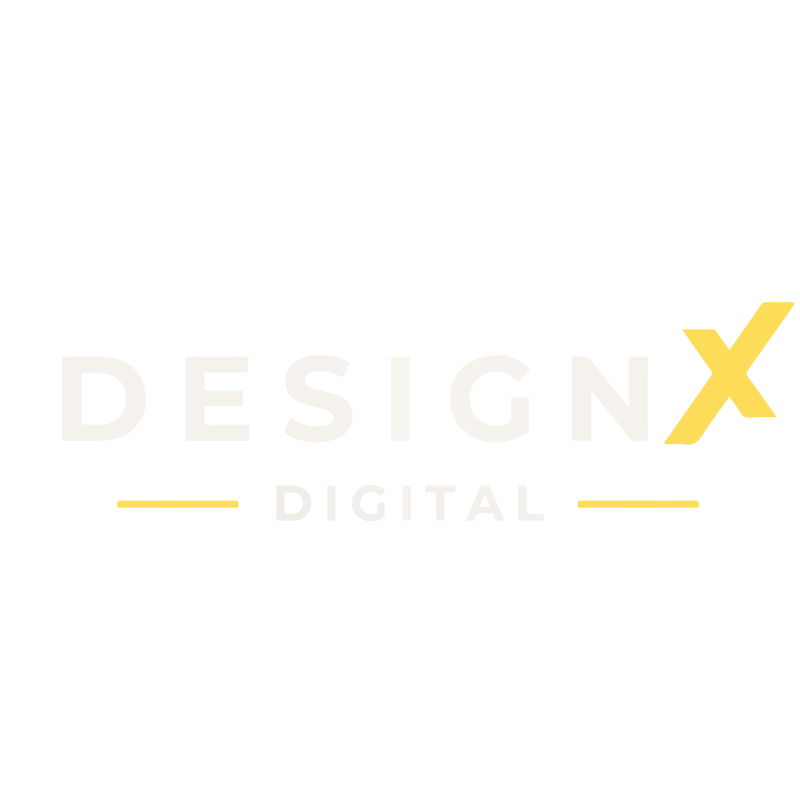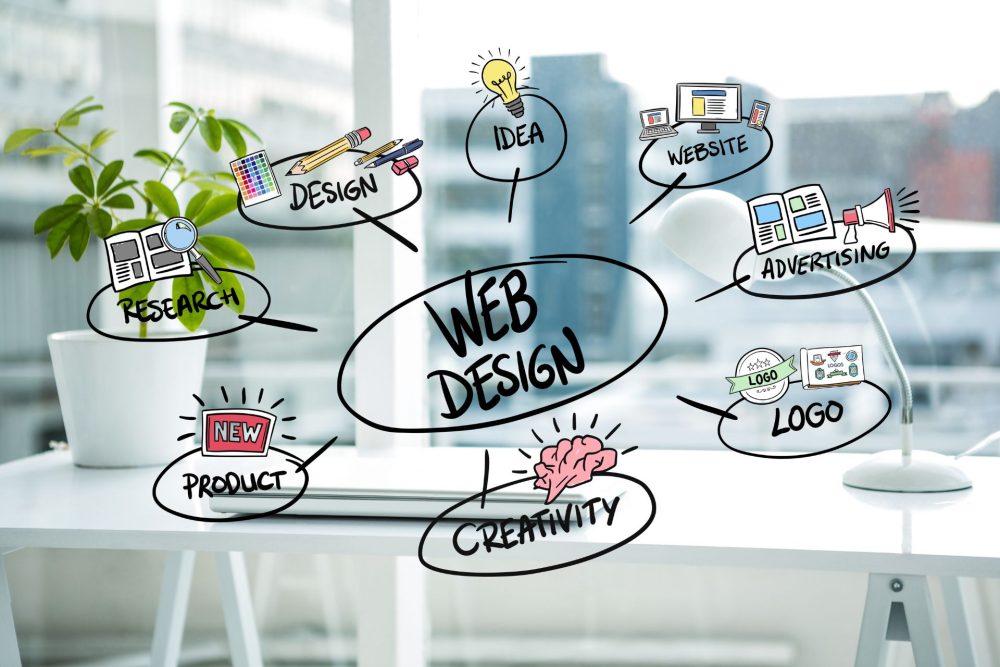Web Design Trends to Watch in 2023: Staying Ahead of the Curve
In the ever-evolving world of web design, staying current with the latest trends is essential to create visually appealing, user-friendly, and engaging websites. As technology and design standards evolve, so do user expectations. This article explores key web design trends to watch in [Current Year], highlighting the importance of features like dark mode and light mode options, minimalistic designs, microinteractions, 3D visuals, and inclusive design principles. By incorporating these trends into your web design strategy, you can ensure your websites remain relevant, captivating, and ahead of the curve.
Website Navigation Best Practices for an Intuitive User Journey
In the digital landscape, where attention spans are limited, and user expectations are high, seamless website navigation is crucial for providing visitors with a positive and engaging experience. Navigating a website should feel intuitive and effortless, guiding users through their journey effectively. This article explores the best practices for creating intuitive website navigation, emphasizing the importance of clear hierarchy, user-centric labels, responsive design, and regular testing. By implementing these practices, you can ensure that users navigate your website with ease and enjoy a satisfying user journey.
The Psychology of Colors in Web Design: How to Evoke Emotions
In the realm of web design, colors are not merely visual elements; they are powerful tools that can evoke emotions, influence perceptions, and shape user behavior. Understanding the psychology behind colors is essential for creating impactful and user-centric websites. This article delves into the role of color psychology in web design, exploring how different colors can elicit specific emotions and discussing the importance of creating a harmonious color palette. By strategically leveraging the psychology of colors, designers can create websites that leave a lasting impression and establish meaningful connections with users.
Responsive Web Design: Creating a Seamless Experience Across Devices
Responsive web design is a design approach that ensures a website’s layout, images, and other elements adjust fluidly to fit the screen on which it’s being viewed. Rather than creating separate versions of a site for each device, responsive design employs flexible grids and layouts, as well as media queries, to ensure that the content looks and functions optimally across a wide range of devices. This article explores the essence and benefits of responsive web design, highlighting how it creates a consistent and user-friendly experience regardless of the device being used. From improved user experience to cost efficiency and SEO optimization, responsive design has become a vital strategy in modern web development.
10 Key Elements of Modern Web Design That Captivate Visitors
Crafting a captivating website involves essential elements like a dynamic hero section with visuals and CTAs. Responsive design ensures seamless browsing across devices, enhancing visibility and user experience. Leverage color psychology for emotive impact, while intuitive navigation guides visitors. Engaging content establishes authority and sustains interest, driving meaningful interactions.





